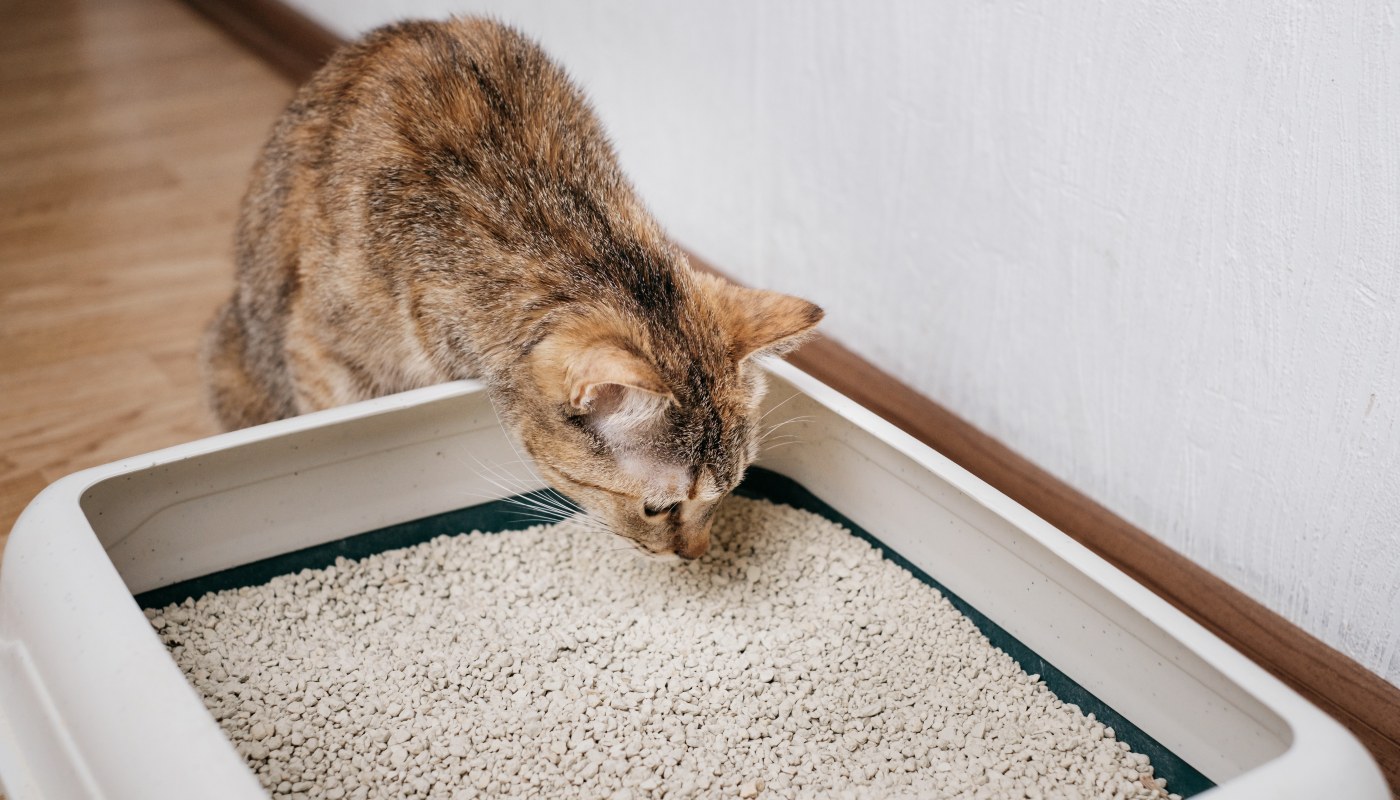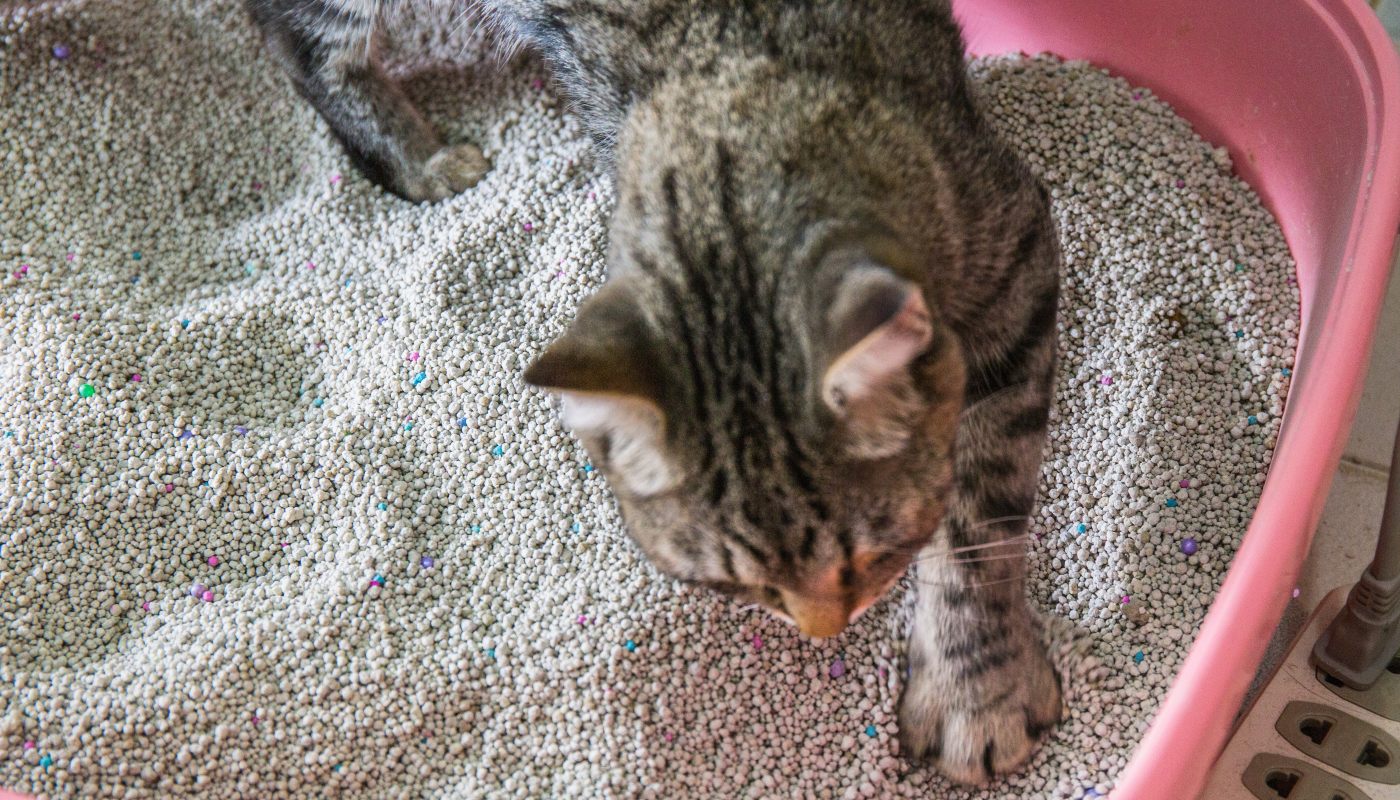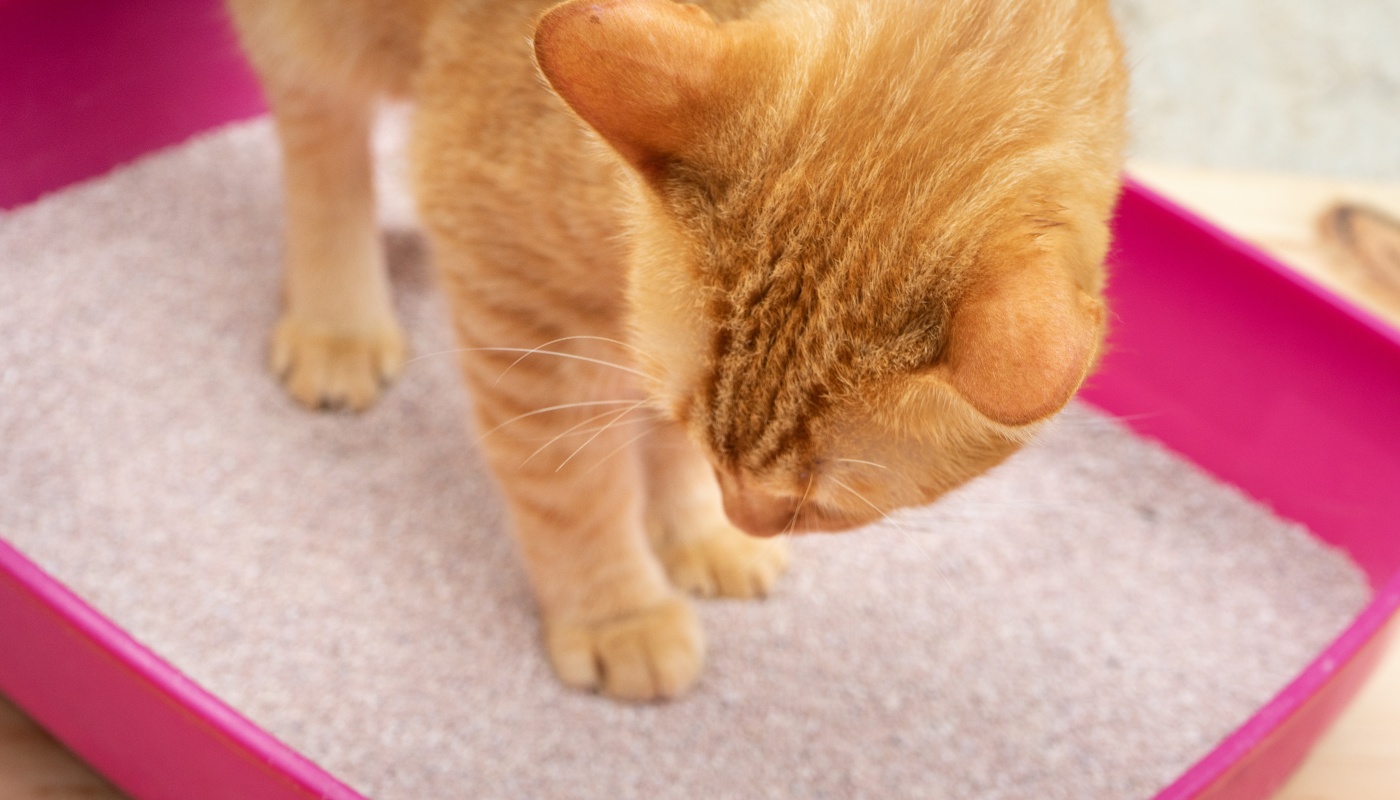Cat litter: types and characteristics
Learn about the different types of cat litter, their characteristics and the advantages of each one to choose the ideal option for your feline.
pets
Share

Cats have many qualities that make them unique. They are independent, yet affectionate, quiet and discreet, and clean by nature. That is precisely why it’s essential to keep their litter box in good condition at all times so that they can do their business, a habit they learn from when they are kittens. In fact, if they see the litter box is dirty, some cats may not go in it.
At this point, you may be wondering which cat litter is the most suitable. The truth is that there are many types, such as clumping, biodegradable and silicone. They all have their advantages and disadvantages, so you must check which one is the most suitable for you and your pet. Sand, after all, is an essential element for their well-being, and when choosing one, we must consider odour control, how safe it is for our cat (for example, whether it contains harmful chemicals or additives), as well as its texture, ease of cleaning, and environmental sustainability. Cats are creatures of habit, so it’s best not to change the type of litter without good reason.
Another issue to consider in this process is where to place the litter box. It’s recommended to locate it in a ventilated part of the house to minimise odours and avoid dust accumulation. It’s also important to maintain the litter box regularly, at least once a day.

Clumping cat litter: pros and cons of this option
Clumping cat litter is one of the most widespread and popular cat litter on the market, which is perhaps why there are so many types. The main component is bentonite, a type of very fine-grained clay that is 100% natural and forms lumps when it comes into contact with urine. It’s considered one of the safest options for our cat.
- Pros. It’s very easy to collect litter, which means that odours are not very noticeable. It lasts longer than others and, among the alternatives available, you can even find scented ones.
- Cons. It gives off a bit of dust. On the other hand, clumping litter can stick to the cat’s paw and end up scattered throughout the house.
Silicone cat litter: everything you need to know
Silica cat litter is the second most sold and used cat litter. Made of small silica crystals containing micropores to retain moisture and odour, it’s a litter that keeps the litter box clean and dry for a long time.
- Pros. It has a very high level of absorption and is excellent at retaining odours and moisture. It releases less dust than agglomerated litter.
- Cons. The price is higher and it’s not biodegradable. Some cats never quite get used to walking on the small crystals that make up this type of litter.

Biodegradable cat litter: an environmentally friendly alternative
Biodegradable cat litter includes various types of 100% natural and environmentally friendly cat litter. It differs from the others because this sand is biodegradable and made from natural materials such as wood, recycled paper, corn, wheat, walnut shells or bamboo. There is even tofu cat litter in this category. Biodegradable litter is the best choice for sensitive cats or owners looking for more sustainable options.
- Pros. They are characterised by being environmentally friendly, biodegradable and natural. They are generally dust-free and absorb odours and liquids well. They are lighter than others.
- Cons. They are among the most expensive on the market and, if your cat hasn’t been used to them from a young age, it may struggle to adapt. They are also difficult to find in physical shops. This type of litter absorbs well, but it usually needs changing more often than the other types we’ve mentioned.
Choosing the right litter for your cat not only improves its well-being and comfort, but also makes cleaning and daily household maintenance easier, so choose wisely. A happy and harmonious coexistence with your pet starts with the litter box.






